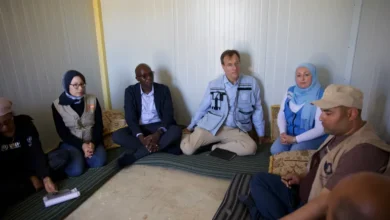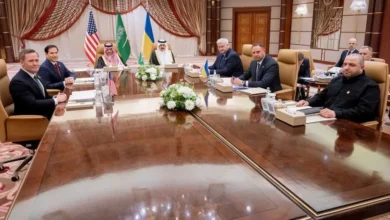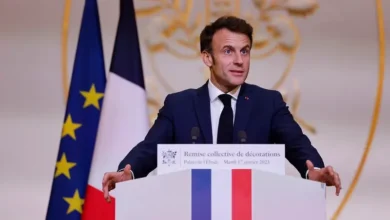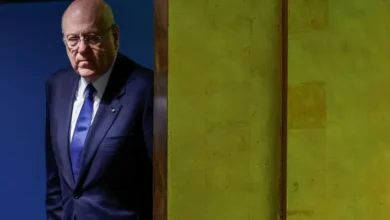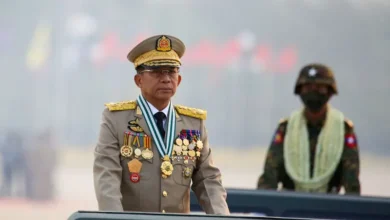Donald Trump’s trade tariffs on Canada, Mexico and China explained visually
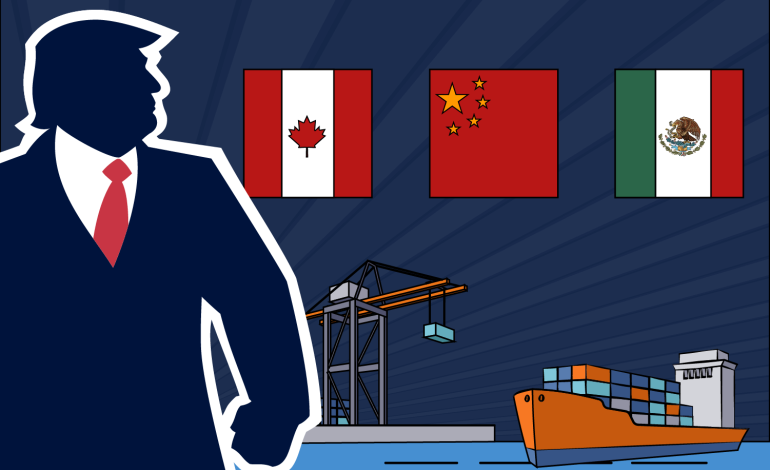
The United States has postponed planned 25 percent tariffs on Canadian and Mexican imports by a month, following 11th-hour calls between President Donald Trump and leaders from Canada and Mexico on Monday.
Canadian Prime Minister Justin Trudeau and Mexican President Claudia Sheinbaum agreed to boost border security to prevent the trafficking of drugs and migrants into the US, averting a trade war for now.
But the 10 percent tariffs on Chinese goods took effect on Tuesday, attracting retaliatory measures from Beijing. Chinese goods have already been subjected to previous tariffs starting in Trump’s first term between 2017 and 2021.
The tariff war by the US, the second-largest goods trader in the world after China, has rattled markets worldwide. From January to November 2024, the value of goods traded between the US and the world reached $4.88 trillion, with $2.98 trillion in exports and $1.90 trillion in imports.
The United States’s top trading partners – Mexico, Canada and China – account for more than 40 percent of total goods traded, valued at more than $2 trillion.
What are tariffs and how do they work?
A tariff is a government-imposed tax on imported goods and services, paid by businesses bringing them into the country. Designed to protect domestic industries, tariffs often drive up costs for consumers by making foreign products more expensive, potentially reducing demand.
What does the pause on tariffs mean in Canada and Mexico?
Following talks with Trump, Mexican President Sheinbaum and Canadian Prime Minister Trudeau both made commitments to bolster security at their shared borders with the US.
“I just spoke with President Claudia Sheinbaum of Mexico. It was a very friendly conversation wherein she agreed to immediately supply 10,000 Mexican Soldiers on the Border separating Mexico and the United States,” Trump wrote on Truth Social on Monday.“Fundamentally it’s very good news that tariffs have been paused and Canada needs to do everything possible to engage with Trump – work on border security issues etc,” Vina Nadjibulla, vice president, research and strategy at the Asia Pacific Foundation of Canada, told Al Jazeera.
